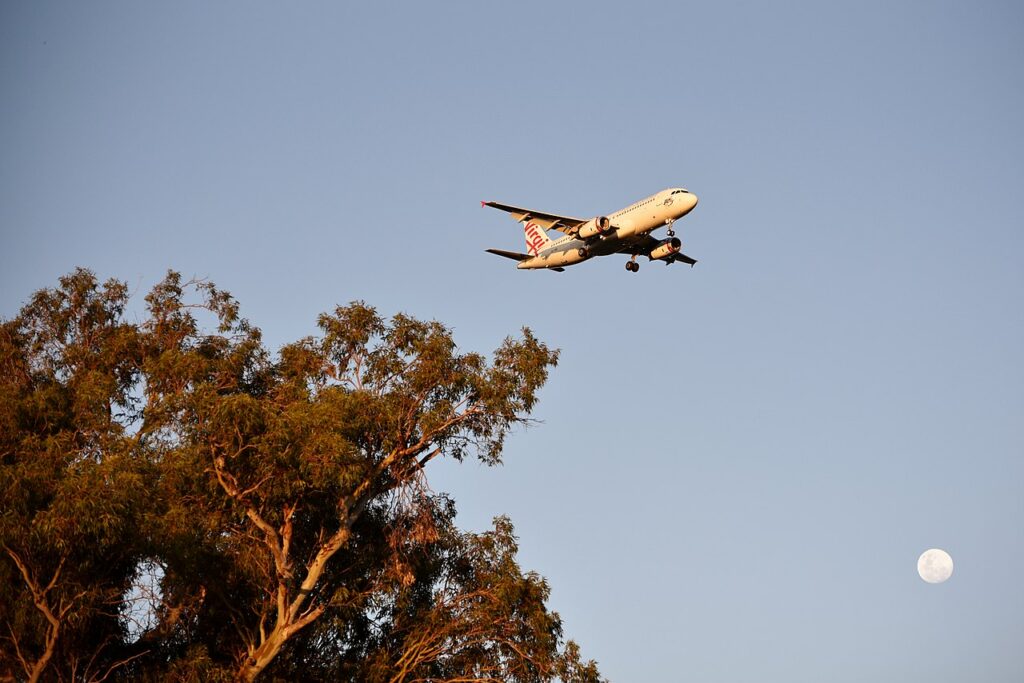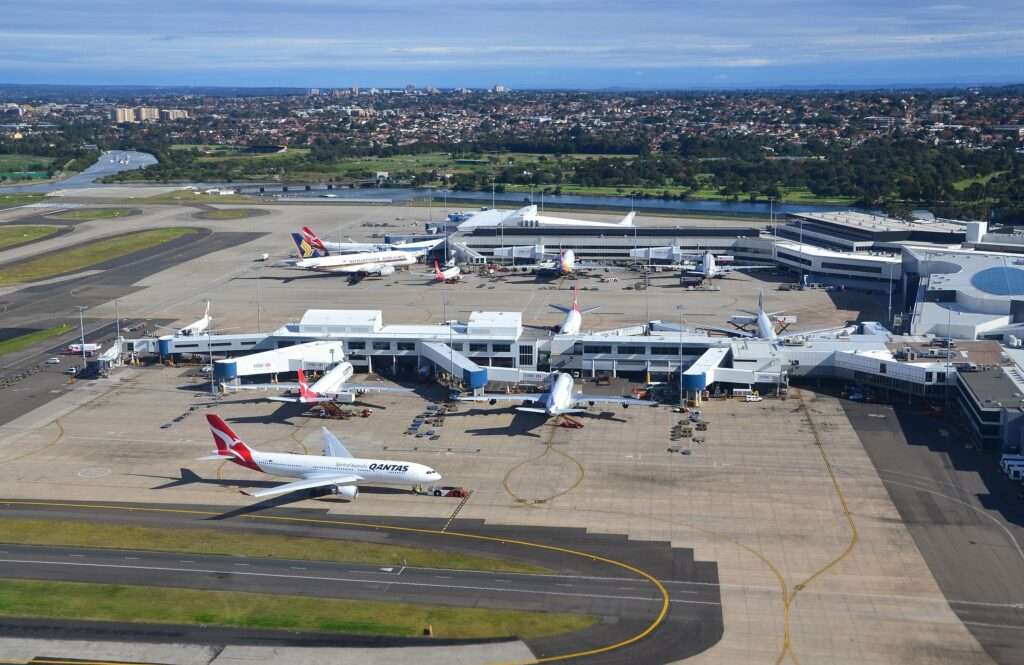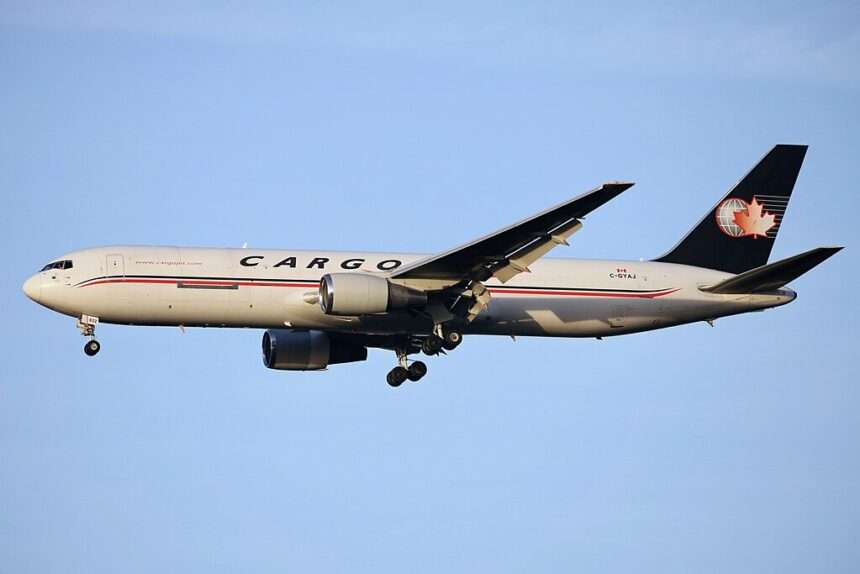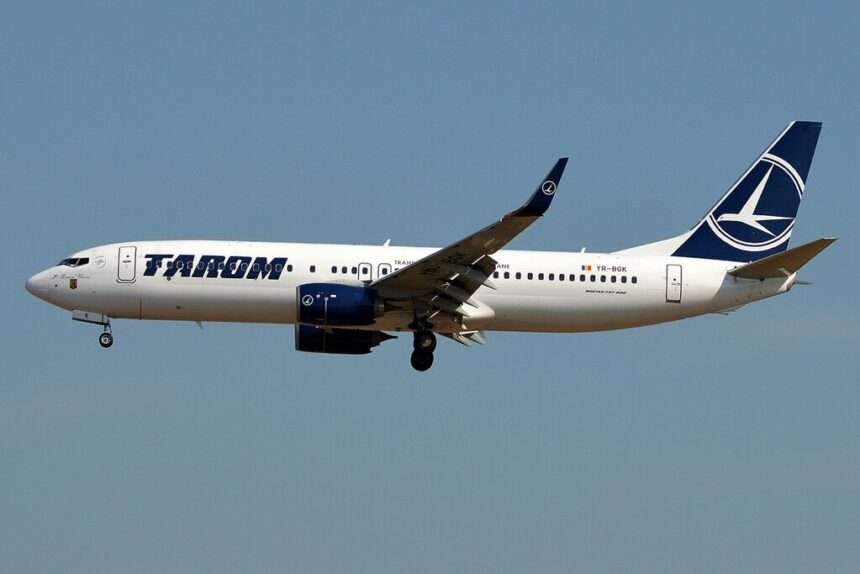Airservices Australia has released its report on the Australian aviation network for March 2024.
Overall, the Australian aviation network recorded similar daily average flights compared to the previous month. This indicates that the industry is stabilising to a normalising trend.
Notably, the overall industry on-time performance (OTP) continued to improve since November 2023, but remained below long-term and global benchmarks.
On-Time Performance Improves
Encouragingly, on-time performance (OTP) has shown continuous improvement since November 2023, although it hasn’t quite reached pre-pandemic levels or global benchmarks.
Removing the effects of significant weather disruptions, such as Cyclone Lincoln in Western Australia in February 2024, cancellation rates reduced at most airports compared to the previous month.
Airservices Australia’s efforts to streamline air traffic management are paying off. In March, only 1.3% of flights were impacted by Airservices-related capacity constraints – the lowest figure in a year.
Additionally, during periods where ground delay programs (GDPs) were necessary, Airservices was responsible for just 4% of delays and 1% of cancellations, marking another 12-month low.

Leisure Travel is Key Driver
The leisure travel boom continued to be a driving force, with the ten days leading up to Easter Friday experiencing a 12% increase in flights compared to the same period in 2023. Easter Thursday itself ranked among the busiest days in recent memory.
However, challenges remain. While OTP is improving, a closer look reveals a potential weak spot: disruptions during the first rotation of flights in the morning.
Early Morning Flight Delays
Early delays can have a cascading effect, causing up to 45% of subsequent arrivals to be late. This is further compounded by the fact that most major airlines have their planes flying in and out of major hubs multiple times per day, making it difficult to recover lost time.
Airservices Australia is actively working with industry partners to develop strategies that build network resilience, particularly during these crucial first rotations.

Top Aircraft Operators
Recent growth in the network is dominated by a number of domestic airlines expanding into the regional markets. This includes the low-cost carrier Bonza and regional airlines such as Skytrans and National Jet Express alongside Qantas Group airlines.
However this growth has not been uniform, with some operators cutting services due to availability of air crew and aircraft delivery challenges.
Consistency of Air Traffic Services
Another positive development is the improved consistency of air traffic services. By focusing on maximizing resource availability during peak periods, Airservices Australia has managed to reduce variations in published services by 80% compared to the previous year’s average.
Nonetheless, achieving long-term performance goals requires sustained effort. This includes securing additional resources compared to pre-pandemic levels, alongside ongoing process and system transformations to enhance flexibility and resilience.

Drone Concerns
As Australia movew into Autumn, a high numbers of drones operating into the late evening are noted, particularly at Adelaide, Sydney, Melbourne, and Perth.
This has been influenced by a number of key sporting events held during March. There was also a corresponding rise in the number of reported drone occurrences at Melbourne, driven by heightened pilot awareness.
Summary
Airservices Australia’s latest report paints a cautiously optimistic picture of the Australian aviation industry.
While daily flight averages remained steady compared to February 2024, a welcome trend towards normalization is emerging.
In conclusion, the March 2024 report suggests the Australian aviation industry is on a path towards recovery.
While some hurdles persist, Airservices Australia’s proactive measures and collaboration with industry partners offer promising signs for the future.

Click the banner to subscribe to our weekly newsleter.

Click the photo to join our WhatsApp channel so then you can stay up to date with everything going on in the aviation industry!








